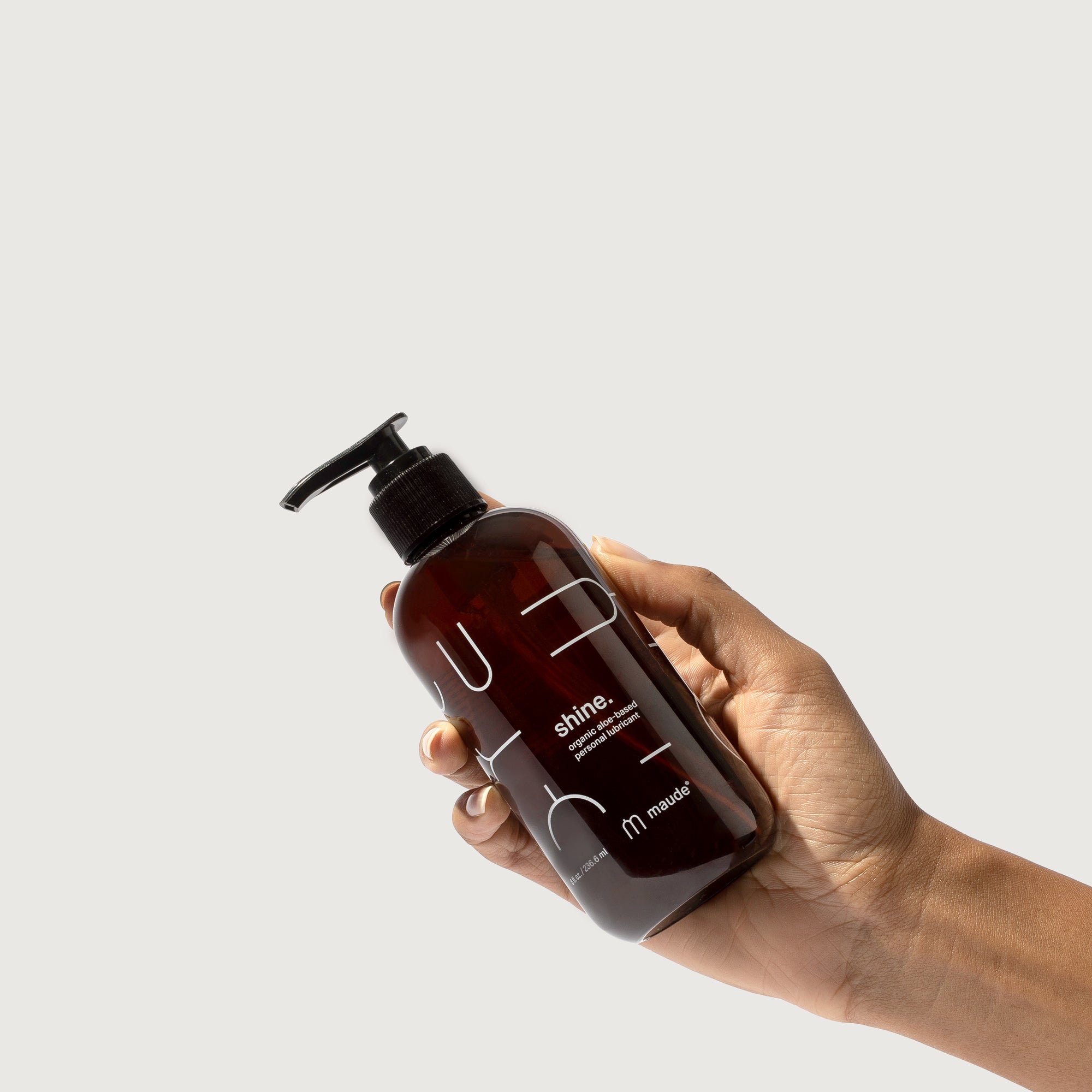Pelvic floor basics.

What it is and why it affects the way women orgasm.
It is a truth universally acknowledged—though admittedly not clinically proven—that it’s impossible to read the word “kegel” without immediately doing a few. But what good do those indiscernible clenches even do?
It’s all about your pelvic floor: the group of muscles and tissues at the base of your pelvis—basically, a hammock that extends from your pubic bone to your tailbone—and supports your uterus, bladder, and bowels. A strong pelvic floor is the key to bladder and bowel control, but for those with a uterus, it’s also central to sexual experience and satisfaction.
What the pelvic floor actually does
When you’re out in public, suddenly find yourself in need of a restroom, and invariably have to wait a good 10 minutes to relieve yourself, you have your pelvic floor to thank. If you have a uterus, it’s also the muscles that contract during orgasm—just one of the many factors that make a climax so, well, climactic.
One 2015 study correlated a strong pelvic floor with both higher rates of sexual activity and greater sexual function. Conversely, a 2008 study on women with pelvic floor disorders showed that they were more likely to experience painful penetration, infrequent orgasms, and reduced sexual arousal.
What problems might arise
There are a few common factors that can lead your pelvic floor to weaken—aging, childbirth, hormone changes due to menopause. A hypertonic pelvic floor is one that’s contracted and tightened—this can lead to painful intercourse, constipation, and infrequent urination. The opposite, a hypotonic pelvic floor, can lead to pelvic organ prolapse and incontinence. Both can be caused by a number of factors: injury, age, pregnancy, heavy lifting.
Which exercises actually work
If you believe you might suffer from pelvic floor disorder, a doctor can help figure out the best treatment, which will likely include some form of physical therapy.
Not to name names, but you don’t need a jade egg to strengthen your pelvic floor. In fact, you should absolutely not use them—inserting a heavy weight in your vagina comes with far more risks, and the purported benefits don’t even have significant scientific backing.
The simple kegel can help, especially when your pelvic floor naturally weakens after childbirth and as you age—in a 2015 study, an eight-week kegel-based exercise regimen improved the self-efficacy of women who had just given birth. But they’re not a miracle, orgasm-improver—just ask Dr. Ruth, who emphasizes that the muscle-contractions of the pelvic floor are more strongly felt by a partner, in the instance of penile intercourse. Instead, it might be best to see them as an exercise that helps maintain a strong pelvic floor—a factor that is a key factor in having healthy, pain-free sex life.
And they aren’t just an exercise for anyone with a uterus: A 2005 study even showed that kegels could help men suffering from erectile dysfunction and a 2014 study demonstrated that they could reduce instances of premature ejaculation.
At the very least, they’re an exercise you can do without even leaving your chair—and that’s a workout routine anyone can get behind.




